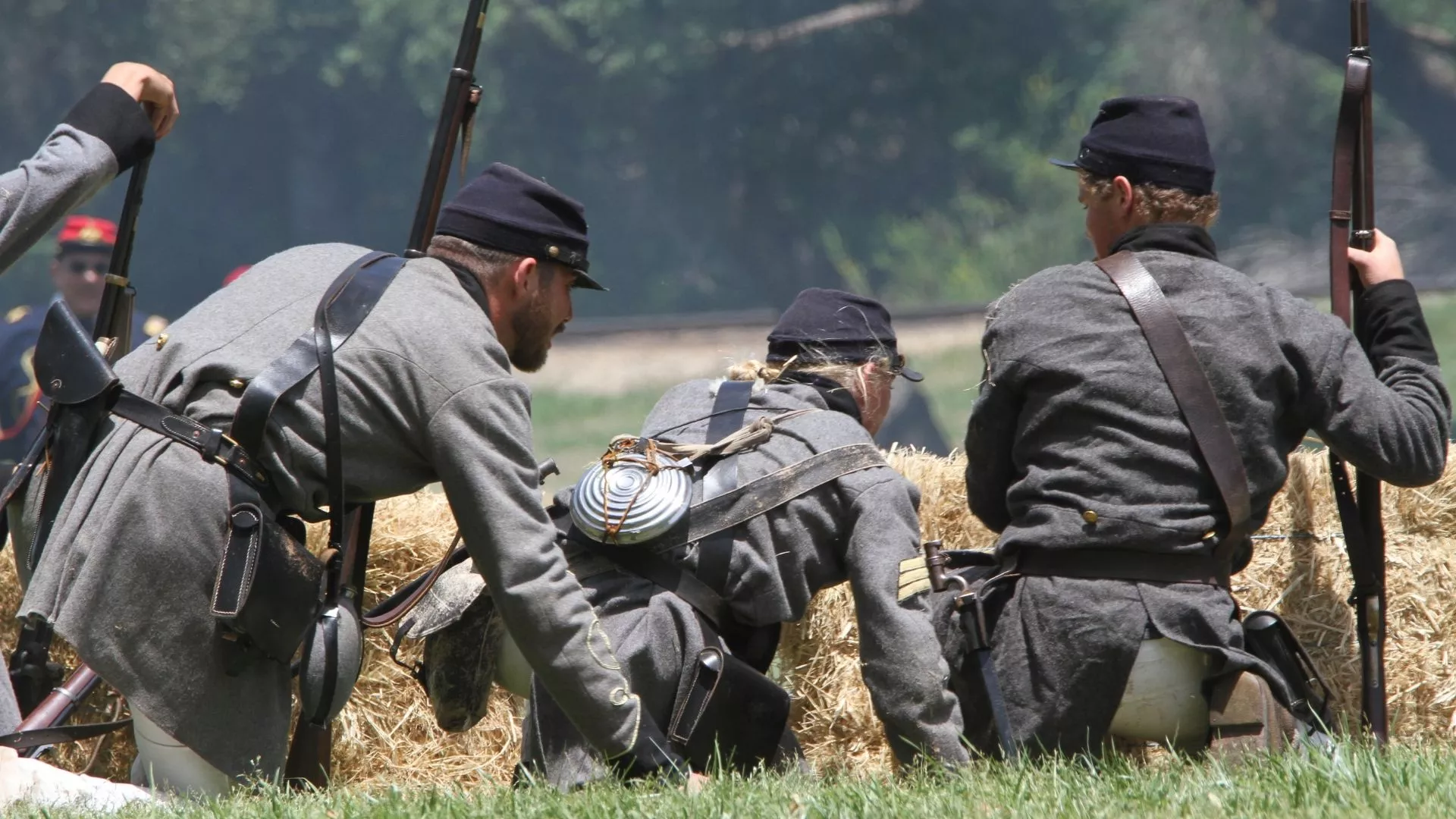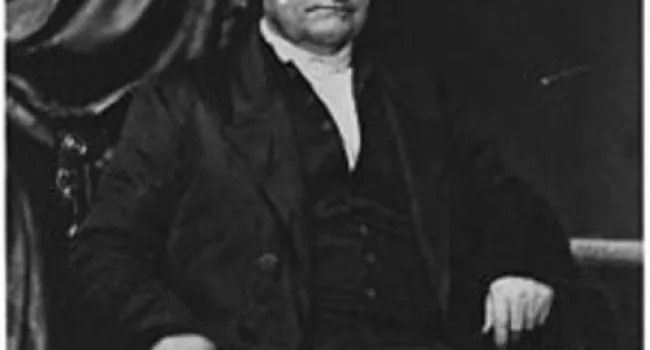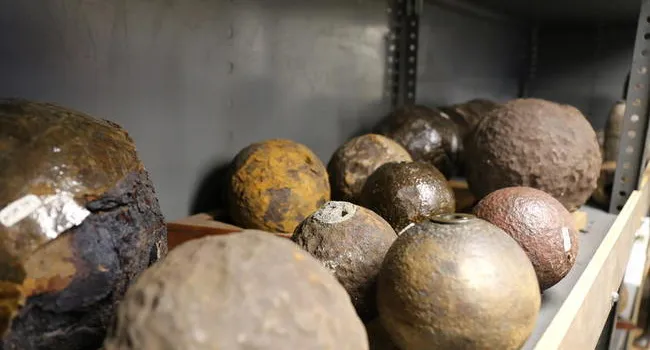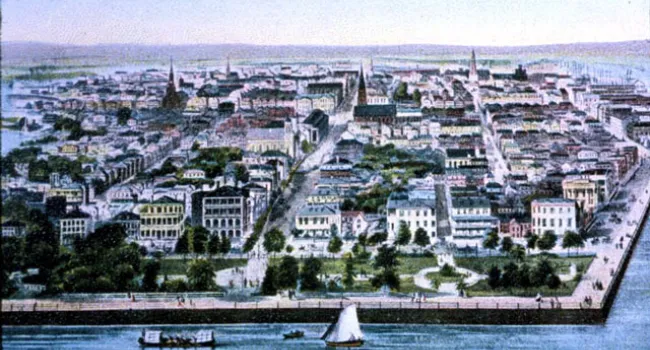
Hunley | Sandlapper Online
Document
Hunley: After Five Generations, The Atlantic Surrenders a National Treasure Margaret N. O'Shea Winter 2002-2003

Document
Hunley: After Five Generations, The Atlantic Surrenders a National Treasure Margaret N. O'Shea Winter 2002-2003
Audio
“E” is for Evans, Josiah James [1786-1858]. Jurist. U.S. Senator. In 1812, Evans was elected to the South Carolina House of Representatives from Marlboro District and in 1816 was elected solicitor for...
Video
Dr. Walter Edgar, Dr. Peter A. Coclanis, Associate Provost, International Affairs, University of North Carolina at Chapel Hill, and Dr. Stanley Engerman, John Munro Professor of Economics, Professor...
Audio
Live cannonballs from more than 200 years ago continue to be found in Charleston. The relics from the Revolutionary and Civil Wars occasionally wash up on beaches or are found underground. While some...
Video
In 1860, roughly 60% of the population in Columbia were slaves. 60% of the gross economic capital in South Carolina was in human property. With the growing popularity of the Republican Party, and...
Photo
A group of women with their infants in front of a row of slave cabins on a plantation in the Beaufort Area. Hubbard and Mix photograph from about 1865. From the Penn School Collection. Permission...
Photo
"Orangeburg Courthouse" survived Sherman's march through South Carolina, sketched here for "Leslie's Illustrated Magazine" on February 13, 1865. Courtesy of the South Caroliniana Library.
Photo
This birds-eye view of Charleston, drawn and engraved in 1853, was widely reproduced in "Harper's Illustrated Weekly" for the next decade; it became the visual image most outsiders had of what the...
Photo
The Plaza in Abbeville, in a postcard view from around 1900. The county seat of Abbeville County (one of the counties or districts created by the state in 1785), the town was named after Abbeville...
Audio
In this segment, Dr. Watson discusses how people figured out ways get around slave laws.